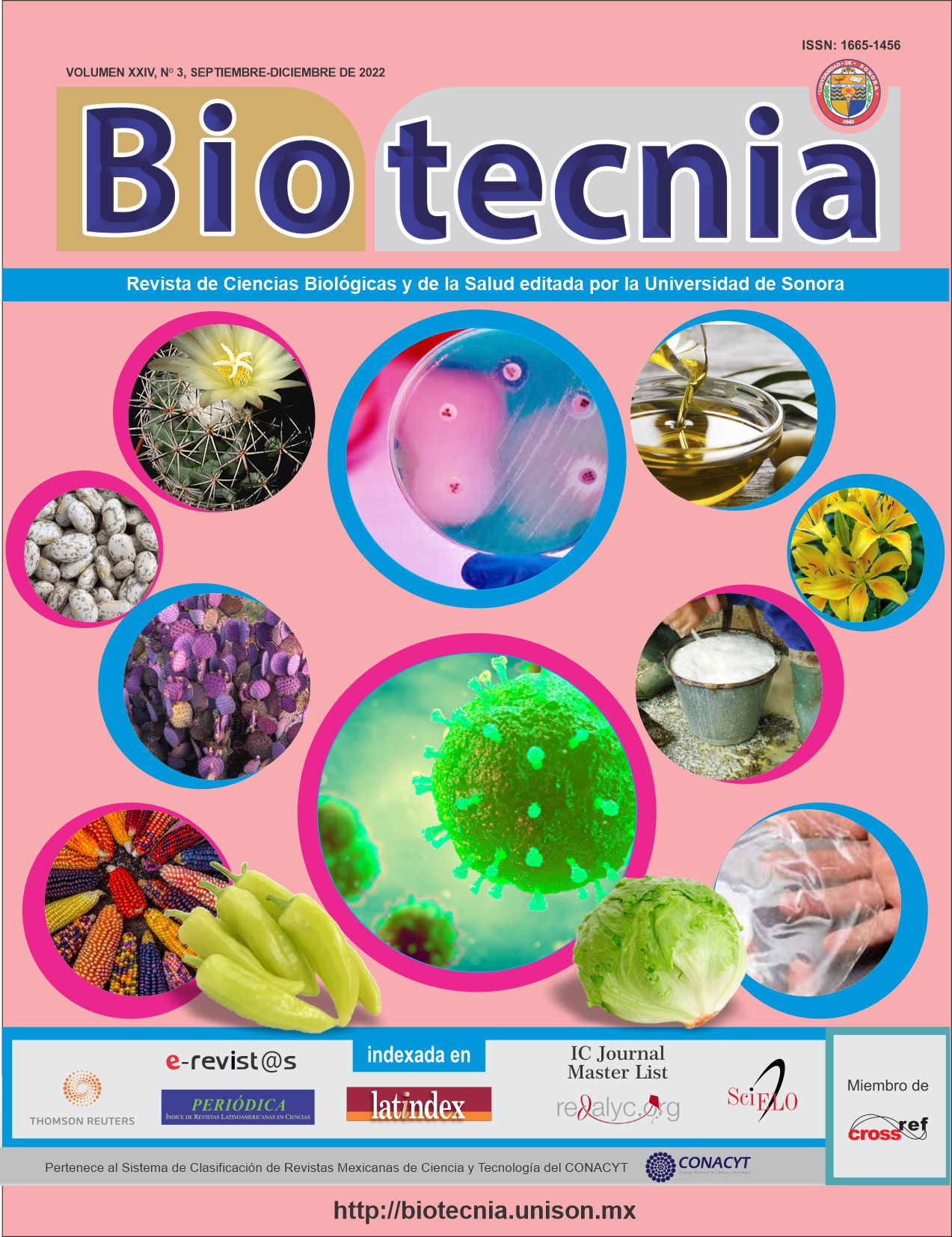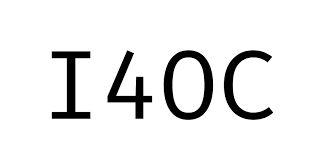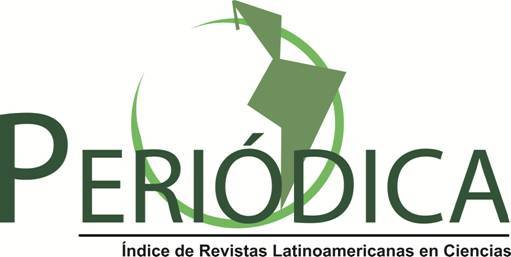Identification of rhizobacteria isolated from Tagetes coronopifolia and Tagetes terniflora (Cempasúchitl) and evaluation of their inhibitory capacity in vitro of phytopathogenic microorganisms
DOI:
https://doi.org/10.18633/biotecnia.v24i3.1736Keywords:
rhizobacteria, endophytic bacteria, biological control, antagonistic plantsAbstract
Tagetes is a group of plants commonly known as cempasúchil or “flower of the dead”, which are mainly recognized for their use in the food industry, ornamental horticulture, therapeutic herbalism and culture. Tagetes coronopifolia and terniflora are two species plants of this genus, which are used in crop rotation to control phytopathogenic nematodes. In the curent work, 581 strains were isolated from samples of rhizosphere soil, soil attached to the root and the interior of the root at 30, 60, 90 and 120 days of growth, in greenhouse cultures. From the total isolated rhizobacteria strains, 22 presented antagonistic activity to Fusarium sp. and 53 to Stenocarpella maydis, both. pathogenic fungi in corn, while 37 strains showed antagonism to the pathogenic bacteria Clavibacter michiganensis subsp michiganensis. According to the percentage of inhibition of the phytopathogens, 10 rhizobacteria were selected for molecular identification using a fragment of approximately 1484 bp of the 16SrDNA gene. The similarity analysis using the NCBI BLAST tool, showed that the rhizobacteria belong to the genera Bacillus and Pseudomonas, which are used as biocontrol agents.
Downloads
References
Berg, G., Krechel, A., Ditz, M., Sikora, R.A., Ulrich, A. y Hallmann, J. 2005. Endophytic and ectophytic potato-associated bacterial communities differ in structure and antagonistic function against plant pathogenic fungi. FEMS Microbiology Ecology. 51(2): 215–229.
Cawoy, H., Bettiol, W., Fickers, P. y Ongena, M. 2011. Bacillus‐based biological control of plant diseases. In Pesticides in the Modern World – Pesticides Use and Management. Stoytcheva, M. (ed.). Rijeka, Croatia: InTech, pp. 274–302.
Cheng, J., Jin, H., Zhang, J., Xu, Z., Yang, X., Liu, H., Xu, X., Min, D., Lu, D. y Qin, B. 2022. Effects of allelochemicals, soil enzyme activities, and environmental factors on rhizosphere soil microbial community of Stellera chamaejasme L. along a growth-coverage gradient. Microorganisms. 10(1): 158.
Cicevan, R., Al Hassan, M., Sestras, A.F., Prohens, J., Vicente, O., Sestras, R.E. y Boscaiu, M. 2016. Screening for drought tolerance in cultivars of the ornamental genus Tagetes (Asteraceae). PeerJ. 4: e2133.
David, A.S., Thapa-Magar, K.B. y Afkhami, M.E. 2018. Microbial mitigation–exacerbation continuum: a novel framework for microbiome effects on hosts in the face of stress. Ecology. 99: 517-523.
Doornbos, R.F., van Loon, L.C. y Bakker, P.A.H.M. 2012. Impact of root exudates and plant defense signaling on bacterial communities in the rhizosphere. A review. Agronomy for Sustainable Development. 32: 227–243.
Fang CX, Yang LK, Chen WS, Li LL, Zhang PL, Li YZ, He HB, Lin WX. MYB57 transcriptionally regulates MAPK11 to interact with PAL2;3 and modulate rice allelopathy. J Exp Bot. 2020;71(6):2127–41.
Gakuubi, M.M., Wagacha, J.M., Dossaji, S.F. y Wanzala, W. 2016. Chemical composition and antibacterial activity of essential oils of Tagetes minuta (Asteraceae) against selected plant pathogenic bacteria. International Journal of Microbiology. 7352509.
García-Sánchez, F., López-Villafranco, M.E., Aguilar-Rodríguez, S. y Aguilar-Contreras, A. 2012. Etnobotánica y morfo-anatomía comparada de tres especies de Tagetes que se utilizan en Nicolás Romero, Estado de México. Botanical Sciences. 90(3): 221-232.
Garrido-Sanz, D., Arrebola, E., Martínez-Granero, F., García-Méndez, S., Muriel, C., Blanco-Romero, E., Martín, M., Rivilla, R. y Redondo-Nieto, M. 2017. Classification of isolates from the Pseudomonas fluorescens complex into phylogenomic groups based in group-specific markers. Frontiers in Microbiology. 8: 413.
Haldar, S., Sengupta, S. 2015. Plant-microbe cross-talk in the rhizosphere: Insight and Biotechnological Potential. The Open Microbiology Journal. 9: 1–7.
Handelsman, J. y Stabb, E.V. 1996. Biocontrol of soilborne plant pathogens. The Plant Cell. 8(10): 1855–1869.
Hernández, T., Leon, D., Rives, N., Diaz, A., Almaguer, M. y Acebo, Y. 2010. Identificación de aislamientos autóctonos de Pseudomonas fluorescentes con actividad antagónica de Curvularia spp. Protección Vegetal. 25(3):181-189.
Hoan, L.T. y Davide, R.G. 1979. Nematicidal properties of root ex-tracts of seventeen plant species on Meloidogyne incognita. Philippine Agriculturist. 62: 285-295.
Hooks, C.R.R., Wang, K.H., Ploeg, A., McSorley, R. 2010. Using marigold (Tagetes spp.) as a cover crop to protect crops from plant-parasitic nematodes. Applied Soil Ecology. 46(3): 307-320.
Jeffers, D. 1995. Maize Pathology. In: CIMMYT 1997. Maize Research in 1995-96. Maize Program Special Report. México, D. F. pp. 39-41.
Kloepper, J.W. y Ryu, C.M. 2006. Bacterial endophytes as elicitors of induced systemic resistance. In: Schulz B.J.E., Boyle C.J.C., Sieber T.N. (eds) Microbial Root Endophytes. Soil Biology. vol 9. Springer, Berlin, Heidelberg.
Lane, D.J. 1991. 16S/23S rRNA Sequencing. In: Stackebrandt, E. and Goodfellow, M., Eds., Nucleic Acid Techniques in Bacterial Systematic, John Wiley and Sons, New York, 115-175.
Loeffler, W., Tschen, S.M., Vamittanakoon, N., Kugler, M., Knorpp, E., Hsieh, T.F. y Wu, TG. 1986. Antifungal effects of Bacilysin and Fengymycin from Bacillus subtilis F-29-3. A comparison with activities of other Bacillus antibiotics. Journal of Phytopathology. 115: 204-213.
Loockerman, D.J., Turner, B.L. y Jansen, R.K. 2003. Phylogenetic relationships within the Tageteae (Asteraceae) based on nuclear ribosomal ITS and chloroplast ndhF gene sequences. Systematic Botany. 28 (1): 191-207.
López-López, E., Mejía, O., Mercado-Flores, Y., Téllez-Jurado, A. y Anducho-Reyes, M.A. 2017. Variation of the bacterial communities in the rhizosphere of three species of the genus Tagetes (marigold) over time. Applied Ecology and Environmental Research. 15(4):1327-1345.
Majeed, A., Muhammad, Z. y Ahmad, H. 2018. Plant growth promoting bacteria: role in soil improvement, abiotic and biotic stress management of crops. Plant Cell Reports. 37(12): 1599–1609.
Mares, D., Tosi, B., Poli, F., Andreotti, E. y Romagnoli, C. 2004. Antifungal activity of Tagetes patula extracts on some phytopathogenic fungi: ultrastructural evidence on Pythium ultimum. Microbiological Research. 159(3): 295–304.
Micallef, S.A., Channer, S., Shiaris, M.P. y Colón-Carmona, A. 2009. Plant age and genotype impact the progression of bacterial community succession in the Arabidopsis rhizosphere. Plant Signaling & Behavior. 4(8): 777–780.
Miller, M.P. y Ahrens, J.F. 1969. Influence of growing marigolds, weeds, two cover crops and fumigation on sub-sequent populations of parasitic nematodes and plant growth. Plant Disease Reporter. 53: 642-646.
Petatán-Sagahón, I., Anducho-Reyes, M.A., Silva-Rojas, H.V., Arana-Cuenca, A., Tellez-Jurado, A., Cárdenas-Álvarez, I.O. y Mercado-Flores, Y. 2011. Isolation of bacteria with antifungal activity against the phytopathogenic fungi Stenocarpella maydis and Stenocarpella macrospora. International Journal of Molecular Sciences. 12(9): 5522–5537.
Philippot, L., Raaijmakers, J., Lemanceau, P. y Van der Putten, W.H. 2013. Going back to the roots: the microbial ecology of the rhizosphere. Nature Reviews Microbiology. 11: 789–799 (2013).
Qu, T., Du, X., Peng, Y., Guo, W., Zhao, C. y Losapio, G. 2021. Invasive species allelopathy decreases plant growth and soil microbial activity. PloS one. 16(2): e0246685.
Reinoso, Y., Casadesús, L., García, A., Gutiérrez, J. y Álvarez, V. 2006. Aislamiento, selección e identificación de bacterias del género Bacillus antagonistas de Pectobacterium carotovorum. Fitosanidad. 10: 187-191.
Rodríguez-Mejía, M.L. 2013. Biogeografía y manejo integrado de Clavibacter michiguenses subsp. michiganenses en México. Revista Mexicana de Fitopatología, Vol.31 (Suplemento).
Rolón-Cárdenas, G. A., Arvizu-Gómez, J. L., Pacheco-Aguilar, J. R., Vázquez-Martínez, J. y Hernández-Morales, A. 2021. Cadmium-tolerant endophytic Pseudomonas rhodesiae strains isolated from Typha latifolia modify the root architecture of Arabidopsis thaliana Col-0 in presence and absence of Cd. Brazilian journal of microbiology: [publication of the Brazilian Society for Microbiology]. 52(1): 349–361.
Salehi, B., Valussi, M., Morais-Braga, M., Carneiro, J., Leal, A., Coutinho, H., Vitalini, S., Kręgiel, D., Antolak, H., Sharifi-Rad, M., Silva, N., Yousaf, Z., Martorell, M., Iriti, M., Carradori, S. y Sharifi-Rad, J. 2018. Tagetes spp. Essential Oils and Other Extracts: Chemical Characterization and Biological Activity. Molecules (Basel, Switzerland). 23(11): 2847.
Siebers, M., Rohr, T., Ventura, M., Schütz, V., Thies, S., Kovacic, F., Jaeger, K. E., Berg, M., Dörmann, P. y Schulz, M. 2018. Disruption of microbial community composition and identification of plant growth promoting microorganisms after exposure of soil to rapeseed-derived glucosinolates. PloS one. 13(7): e0200160.
Siddiqui, M.A. y Alam, M.M. 1987. Utilization of marigold plant wastes for the control of plant parasitic nematodes. Biological Wastes. 21:221–229.
Sturz, A. y Kimpinski, J. 2004. Endoroot bacteria derived from marigolds (Tagetes spp.) can decrease soil population densities of root-lesion nematodes in the potato root zone. Plant and Soil. 262: 241–249.
Topp, E., Millar, S., Bork, H. y Welsh, M. 1998. Effects of marigold (Tagetes sp.) roots on soil microorganisms. Biology and Fertility of Soils. 27: 149-154.
Utkhede, R. y Koch, C. 2004. Biological treatments to control bacterial canker of greenhouse tomatoes. BioControl. 49: 305-313.
von der Schulenburg, J.H.G., Hancock, J.M., Pagnamenta, A., Sloggett, J.J., Majerus, M.E.N. y Hurst, G.D.D. 2001. Extreme length and length variation in the first ribosomal internal transcribed spacer of ladybird beetles (Coleoptera: Coccinellidae). Molecular Biology and Evolution. 18:648–660.
Xiao, Z.X., Lu, S.G. y Xu, Z.H. 2019. Biochemistry of allelopathic plant residues in soil. Ekoloji. 28(107):2997–3006. Article No: e107336.
Yoshida, S., Hiradate, S., Tsukamoto, T., Hatakeda, K. y Shirata, A. 2001. Antimicrobial activity of culture filtrate of Bacillus amyloliquefaciens RC-2 isolated from mulberry leaves. Phytopathology. 91(2): 181–187.
Zhang, Q.X., Kong, X.W., Li, S.Y., Chen, X.J. y Chen, X.J. 2020. Antibiotics of Pseudomonas protegens FD6 are essential for biocontrol activity. Australas. Plant Pathology. 49: 307–317.
Zuo, S., Li, X., Ma, Y., Yang, S. 2014. Soil microbes are linked to the allelopathic potential of different wheat genotypes. Plant Soil. 378: 49–58.
Downloads
Published
How to Cite
Issue
Section
License
Copyright (c) 2022

This work is licensed under a Creative Commons Attribution-NonCommercial-ShareAlike 4.0 International License.
The journal Biotecnia is licensed under the Attribution-NonCommercial-ShareAlike 4.0 International (CC BY-NC-SA 4.0) license.

















_(2).jpg)







